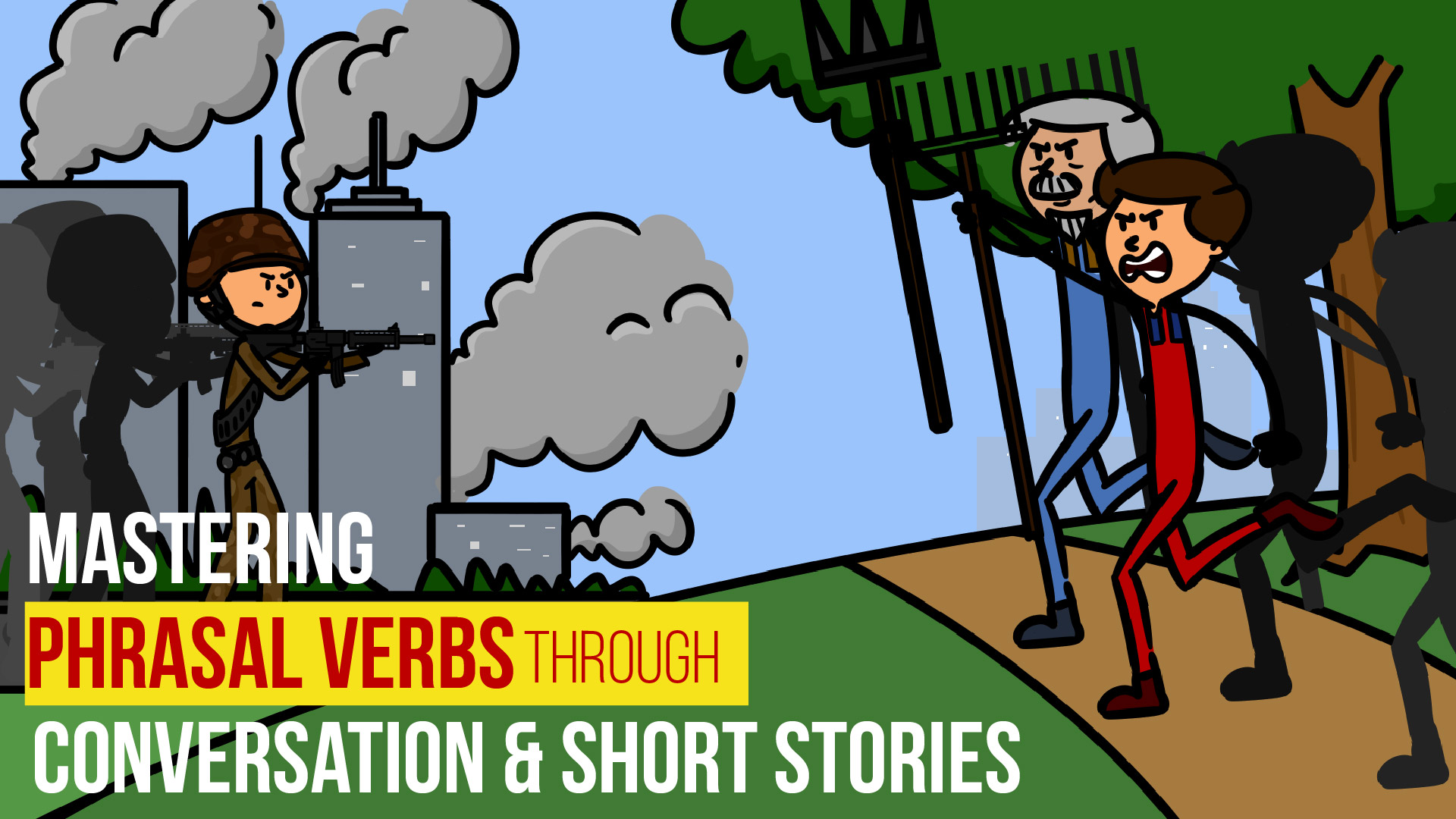The International Union for the Conservation of Nature and Natural Resources (IUCN) has a list of endangered plants and animals known as the Red List. Animals on the list range from the well-known lowland gorilla to the lesser known aye-aye. Within the “threatened” category, animals are listed as “critically endangered,” “endangered,” or “vulnerable.”
Conservationists (a person who works to save the environment) hope the list will heighten public awareness of the dangers animals face and elicit (draw or bring out) responses on ways to save these animals.
The giant panda, a symbol for endangered animals, is endemic (natural to a particular area) to Southwest China. The panda eats about twenty to thirty pounds of bamboo a day. As human populations grow, animals lose more of their natural habitat (the environment where a plant or animal typically lives, surroundings). Forests and grasslands are being destroyed for timber, agriculture, and housing expansion. The giant panda’s habitat is diminishing due to encroachment (the act of gradually taking over an area) for agriculture and timber needs. The Chinese government has established more than fifty panda reserves, which shields almost 60 percent of the current population. Estimates place about 1,600 pandas in the wild.
The babirusa, or wild pig, found on Sulawesi and other Indonesian islands is listed as vulnerable. The unusual-looking babirusa has two sets of tusks, one of which grows on the top of the snout and curves back toward the animal’s forehead. The babirusa is omnivorous,( eating all types of food) eating fruit, leaves, and small animals. Though protected, hunting contributes to the animal’s decline. They are killed for food, and their unusual skulls are found in local markets for sale to tourists. In the last census, only 5,000 babirusa were found in the wild.
The blue whale, found in every ocean, is listed as endangered. The largest mammal (warm-blooded vertebrate) on Earth, blue whales are usually 80 to 100 feet long and weigh more than 100 tons. They eat about 8,000 pounds a day of krill, a shrimp-like animal. Before the whaling era, population estimates were close to 250,000 animals. About 99 percent were killed due to whaling. In 1966, the International Whaling Commission put a moratorium (suspension of an activity) on hunting blue whales. Current estimates place the blue whale population between 5,000 and 12,000.
Blue whales now face threats from pollution, including increases in ocean noise levels (possibly interfering with their low-frequency communication) and global warming (disrupting migration patterns and altering food supplies).
These examples illustrate the major threats animals face: habitat loss, hunting, and pollution. The field of zoology (the study of animals, including their behavior and development) has helped people learn more about animals. With this knowledge and by working together, individuals and governments can avert the loss of today’s threatened animals.





